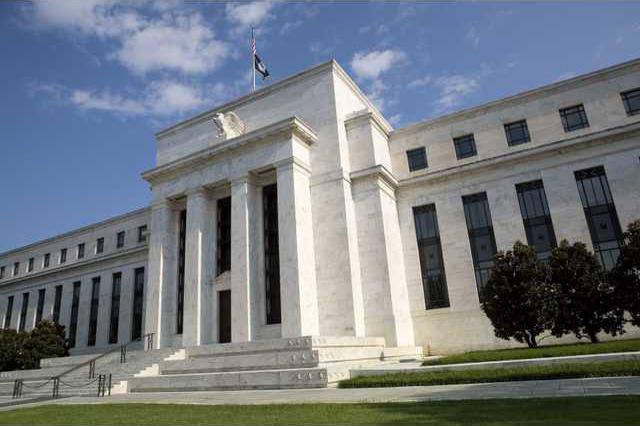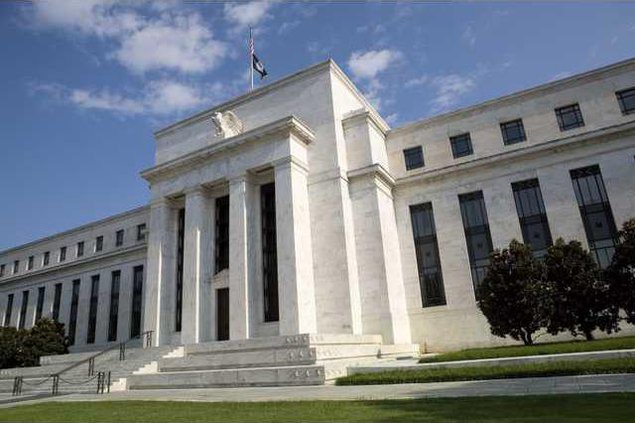When the Federal Reserve was established in 1913, over 30,000 different currencies were in some type of use throughout the United States. The lack of a uniform currency contributed to systemic weaknesses in the monetary system, including bank runs, unstable interest rates and prices, and an overall lack of confidence in banking institutions. Thanks to its capacity to mitigate each of the aforementioned issues, along with many others, the Federal Reserve has played a key role in stabilizing the United States economy.
The Federal Reserve, also known as the Fed, is the central bank of the United States. The Fed has two primary, sometimes conflicting, responsibilities: ensure stable prices and maximize employment. To achieve those two mandates, the Fed has three primary tools at its disposal: the reserve requirement, the discount rate and open market operations. Each of these tools gives the Fed the ability to adjust the supply of money and interest rates, thereby helping manage inflation and impacting employment.
The reserve requirement is the amount of money that a bank is required to hold as a percentage of checking and savings deposits. The reserve requirement stabilizes the financial system by ensuring against bank runs. But the Fed has the authority to lower the reserve requirement. When they do this, banks can lend more, which makes it cheaper to borrow money. In other words, interest rates decline.
The discount rate is the interest rate the Fed charges banks to borrow money to ensure they have sufficient resources to meet the reserve requirement at the end of each day. When the Fed increases the discount rate, it is more expensive for banks to borrow money. Banks are subsequently more cautious about giving credit, causing interest rates to rise.
The most common tool the Fed uses is open market operations, which refers to the buying and selling of government securities by the Fed. When the Fed buys securities from a bank, that bank receives more money to lend, which in turn decreases interest rates.
The Feds target rate of inflation is 2 percent, connoting what they have determined to be the optimal flow of money. If average prices grow more quickly than 2 percent, the Fed can reduce the amount of money in circulation to cool inflation. But if economic growth is slow and inflation is low as they have been for the past several years the Fed increases the money supply to encourage spending.
Historically, low interest rates have induced businesses to expand, increasing employment and investment, while simultaneously encouraging consumers to spend more. When these factors have occurred, both prices and wages have typically increased (thus why stabilizing prices and maximizing employment can come in conflict). Six years ago, the Fed cut interest rates to help bolster the economy and employment. The result has been that employment has improved and the economy has slowly grown. What could have been a devastating depression was avoided.
However, two things have not occurred as expected: Average prices havent increased as forecasted, and wages have stagnated. Technological improvements and globalization appear to be two of the reasons why prices and wages have not increased as expected.
Advances in technology have led to increased overall economic production without increased prices, due to the simple dictum that innovation makes productivity cheaper. While gains in productivity are great for consumers, they also come at a cost: Businesses can continue to invest and expand without the need to hire as many employees and without upward pressure to increase wages. Globalization compounds this effect by allowing firms to acquire less expensive resources abroad.
When businesses have more options for both labor and raw materials, prices and wages remain low. Unemployment has fallen to 5.5 percent nationally close to what economists might call a natural rate of unemployment but wages have not risen concomitantly.
The Federal Reserve plays a key role in stabilizing the United States economy the adjustment of just a few percentage points has a huge effect but there are limitations to what the Fed can accomplish, as evidenced in the last few years. Neither wages nor inflation has grown as expected, and the Fed has little more in its arsenal to affect either. Therefore, with a growing economy and shrinking unemployment, the best long-term solution for improving wages transfers from the Federal Reserve to another critically important institution our education system. But that is a different story, for another day.
The Federal Reserve, also known as the Fed, is the central bank of the United States. The Fed has two primary, sometimes conflicting, responsibilities: ensure stable prices and maximize employment. To achieve those two mandates, the Fed has three primary tools at its disposal: the reserve requirement, the discount rate and open market operations. Each of these tools gives the Fed the ability to adjust the supply of money and interest rates, thereby helping manage inflation and impacting employment.
The reserve requirement is the amount of money that a bank is required to hold as a percentage of checking and savings deposits. The reserve requirement stabilizes the financial system by ensuring against bank runs. But the Fed has the authority to lower the reserve requirement. When they do this, banks can lend more, which makes it cheaper to borrow money. In other words, interest rates decline.
The discount rate is the interest rate the Fed charges banks to borrow money to ensure they have sufficient resources to meet the reserve requirement at the end of each day. When the Fed increases the discount rate, it is more expensive for banks to borrow money. Banks are subsequently more cautious about giving credit, causing interest rates to rise.
The most common tool the Fed uses is open market operations, which refers to the buying and selling of government securities by the Fed. When the Fed buys securities from a bank, that bank receives more money to lend, which in turn decreases interest rates.
The Feds target rate of inflation is 2 percent, connoting what they have determined to be the optimal flow of money. If average prices grow more quickly than 2 percent, the Fed can reduce the amount of money in circulation to cool inflation. But if economic growth is slow and inflation is low as they have been for the past several years the Fed increases the money supply to encourage spending.
Historically, low interest rates have induced businesses to expand, increasing employment and investment, while simultaneously encouraging consumers to spend more. When these factors have occurred, both prices and wages have typically increased (thus why stabilizing prices and maximizing employment can come in conflict). Six years ago, the Fed cut interest rates to help bolster the economy and employment. The result has been that employment has improved and the economy has slowly grown. What could have been a devastating depression was avoided.
However, two things have not occurred as expected: Average prices havent increased as forecasted, and wages have stagnated. Technological improvements and globalization appear to be two of the reasons why prices and wages have not increased as expected.
Advances in technology have led to increased overall economic production without increased prices, due to the simple dictum that innovation makes productivity cheaper. While gains in productivity are great for consumers, they also come at a cost: Businesses can continue to invest and expand without the need to hire as many employees and without upward pressure to increase wages. Globalization compounds this effect by allowing firms to acquire less expensive resources abroad.
When businesses have more options for both labor and raw materials, prices and wages remain low. Unemployment has fallen to 5.5 percent nationally close to what economists might call a natural rate of unemployment but wages have not risen concomitantly.
The Federal Reserve plays a key role in stabilizing the United States economy the adjustment of just a few percentage points has a huge effect but there are limitations to what the Fed can accomplish, as evidenced in the last few years. Neither wages nor inflation has grown as expected, and the Fed has little more in its arsenal to affect either. Therefore, with a growing economy and shrinking unemployment, the best long-term solution for improving wages transfers from the Federal Reserve to another critically important institution our education system. But that is a different story, for another day.








